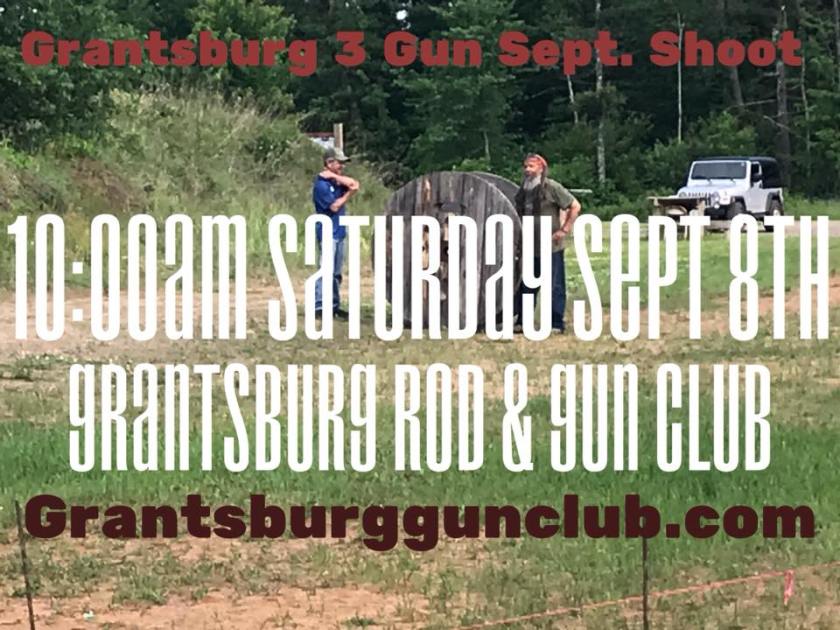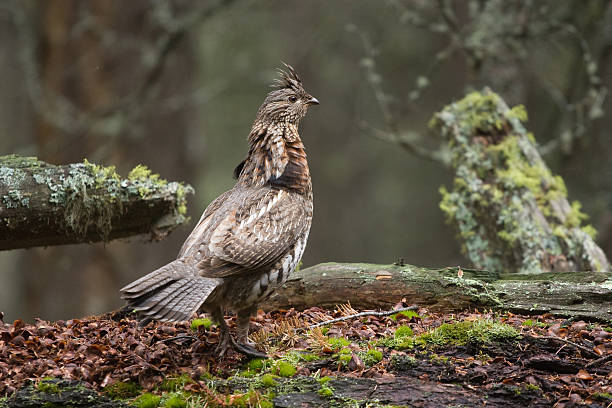From the WDNR website:
Contact(s): Jason Fleener, DNR wetland habitat specialist, 608-266-7408
MADISON — Wild rice harvesters will find opportunities for harvest in Wisconsin this year–many ricers have begun harvest on some early maturing waters.
“After relatively poor rice crops in consecutive years, the 2018 crop generally appears to be faring better in northwest counties, despite heavy storms and flooding in June,” said Jason Fleener, wetland habitat specialist for the Wisconsin Department of Natural Resources. “However, the flooding had some local impacts–the Radigan Flowage in Douglas County, a popular ricing destination, remains de-watered from a dam breach. Crex Meadows State Wildlife Area in Burnett County has below-average rice on its flowages this year, also thought to be caused by the floods.”
Wild rice in north-central counties, including Vilas, Oneida and Price continues to struggle on several lakes.
“The main culprit appears to be a sustained high water table in this region over the last few years,” said Peter David, biologist with the Great Lakes Indian Fish and Wildlife Commission. “Prolonged periods of high water on historic wild rice lakes is not conducive to wild rice growth and tends to favor perennial aquatic plants instead.”
There are always exceptions to these rules, as wild rice abundance is highly variable from water to water and from year to year. Harvesters can determine local rice conditions by speaking with locals, rice processors, or by checking out the waters themselves.
Another helpful resource is GLIFWC’s Off Reservation Wild Rice Management web page (exit DNR). This page does not contain comprehensive list of all Wisconsin wild rice waters, but it features relative abundance reports on commonly harvested waters. This page also contains a list of date-regulated waters with opening dates and closures as they are determined. As the season progresses, lake opening notices will be posted on this page regularly as dates are determined.
Opening harvest dates for date-regulated waters are determined jointly by DNR and tribal officials. All date-regulated waters are posted at access points at least 24 hours in advance of the opening day.
Recreational boaters, anglers, and early teal and goose hunters are encouraged to take precautionary measures using watercraft on waters with wild rice beds. Wave action has shown to cause damage to rice beds as they are maturing throughout the spring and summer. Watercraft usage directly in wild rice beds cuts and damages plants. Intentional cutting of wild rice plants is illegal on Wisconsin’s public waters.
DNR officials stress the importance of waiting to harvest until rice falls with relatively little effort. If most of the rice appears to be milky or still growing inside the hull, it is best to come back and try harvesting later. Premature harvest attempts often prevent the maturation of the rice kernels and can damage plants if excessive force is made in the flailing process. This not only affects other rice harvesters but can also have long-term effects on the sustainability of the rice beds on the body of water. As a general rule-of-thumb, rice tends to mature sooner in the northwest counties compared to the northeast, and river rice tends to mature sooner than lake rice.
Wisconsin DNR also produced a video on harvesting wild fire that offers an introductory look at the tools and techniques of wild rice harvest. The video can be viewed on the DNR website, dnr.wi.gov, by searching keywords “wild rice.” Information regarding wild rice licensing and harvest regulations can also be found on the wild rice webpage.
To receive email updates regarding wild rice in Wisconsin, visit dnr.wi.gov and click on the email icon near the bottom of the page titled “subscribe for updates for DNR topics” and follow the prompts and select the appropriate distribution list.





